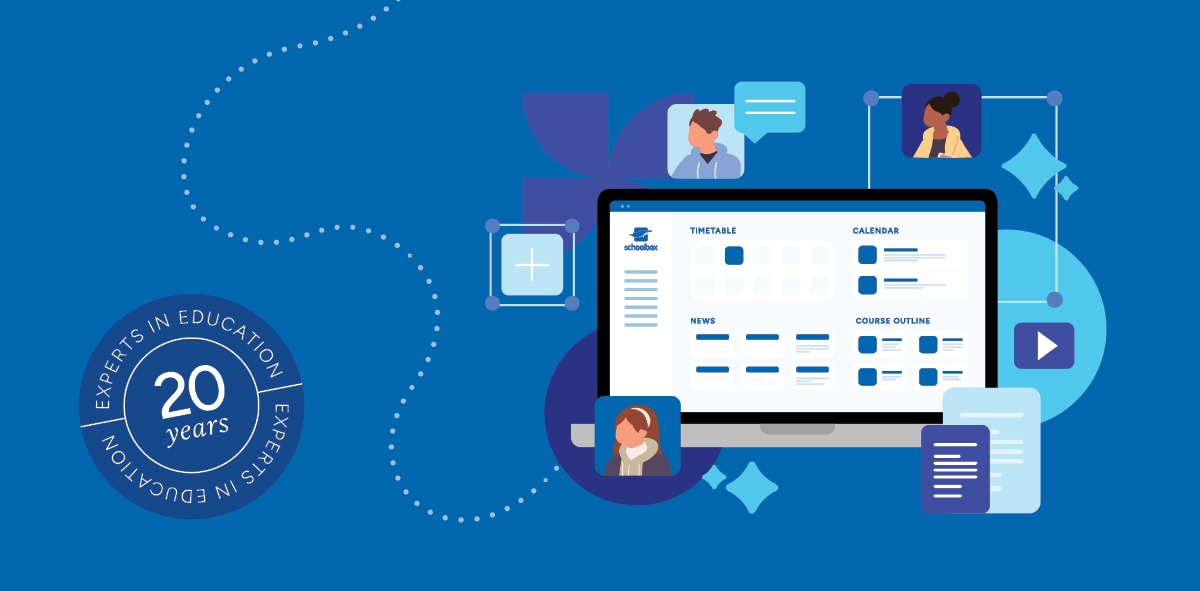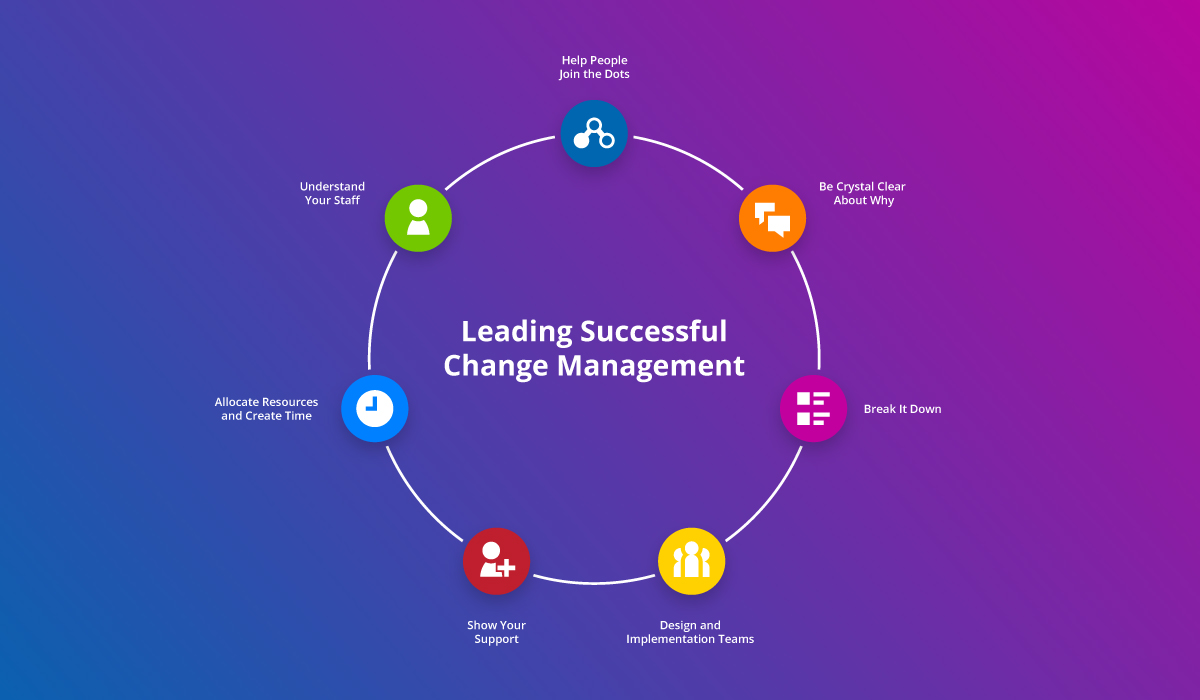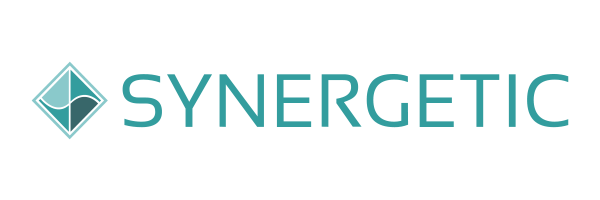A connected school community is a group of students, teachers, leaders, parents and the wider school who learn from each other, together in a collaborative environment, inside and outside the classroom.
This environment connects people, schools and technologies to meet common learning goals. These goals can be specific to particular class work or can guide a whole school or learning community.
But, what are the benefits of a connected school community? And why does your school need it?
Importance of a Connected School Community

Building a connected school community enhances learning outcomes and support, collaboration and wellbeing for the entire school.
Learning environments that are deeply united have an array of benefits for students, teachers, parents and the wider school. Read on for six benefits of a connected school community.
1. Connect people within the school community
When students, parents and teachers, as well as your broader school members feel connected, there is a greater sense of belonging, school pride and motivation to teach and learn.
2. Promote shared learning goals and collaboration
Sharing learning goals and providing opportunities to collaborate enhances accountability across the whole school community.
3. Increase learning opportunities for students
By enhancing the collaborative digital learning environment at your school, students will be able to gain more opportunities to access and interact with learning materials, collaborate and receive feedback.
4. Support personalised student learning journeys
No student learns the same way or at the same pace. With a connected learning network, it will become possible to increase engagement and create personalised learning journeys for each and every student.
5. Create an inclusive learning community
A learning environment where all members are connected means the diverse knowledge and skills of all community members will be valued and even those who may not be readily present will also be included in a collaborative setting.
6. Encourage shared responsibility
All school community members have a role to play in learning, solving problems and contributing to the learning goals of pupils. By being connected, there is shared responsibility and an overall increase in the learning opportunities for K–12 students.
Examples: Connected School Community
Once you know the benefits of a connected school community, the next question becomes… how does one create such a setting?
Online learning platforms and education software can be instrumental in creating an effective school community that is united and shares the same vision. This is because these platforms provide a space that allows the engagement of the wider school in the delivery of education and thereby enhances the learning experience for everyone connected within the school.
Here are some examples of how you can create a connected community with online learning platforms and education software.
Personalised learning spaces
When a student’s unique learning needs and style are catered for, their chances of academic success increases. Creating personalised learning spaces using online tools is a powerful way to engage and connect with learners. For instance, with a Learning Management System, you can customise activities that challenge more able students and support those who need extra guidance, including those with learning difficulties and language barriers.
Network of support in one platform
To build a connected environment, timely and targeted communication to families and the wider school about a student’s learning goals is crucial. With an online learning platform, relevant members of the school can access a student’s profile and see information about curriculum, learning materials, progress and assessment due dates. Interest groups can also be created to support accessible and simple communication between members.
Nurture collaboration and reflective practice
For a school community to flourish and continually renew itself, teachers and leaders must also be given opportunities to reflect on their practices, systems and school procedures. With the school intranet, everyone can share information and resources and collaborate on documents and tasks in real time. For example, social streams, wikis, blogs, forums and groups enable staff to create online conversations and work collaboratively in a virtual space.
Community knowledge
Schools play an important role in supporting their members by providing a common meeting place and being a source of community knowledge. Sharing learning and school expectations with parents, teachers, students and the wider school provides a sense of togetherness and enables them to contribute to the values and goals of the school. With education software, you can tailor content visibility via a school portal for users and groups so they only see what’s relevant to them.
Continuous feedback and reporting
Track student progress and learning to provide feedback in real time, in writing or via online audio files and live chat with continuous feedback and reporting tools. This empowers students to take learning into their own hands, while enhancing engagement with parents, families and the wider school.

School communities are a powerful way to build a sense of connectedness and belonging and improve educational and teaching outcomes within a school.
When you have a strong school community that is united, you will be able to prepare your students for the knowledge economy and provide learning opportunities that are social, collaborative, personalised and participatory.
Looking for more resources?















